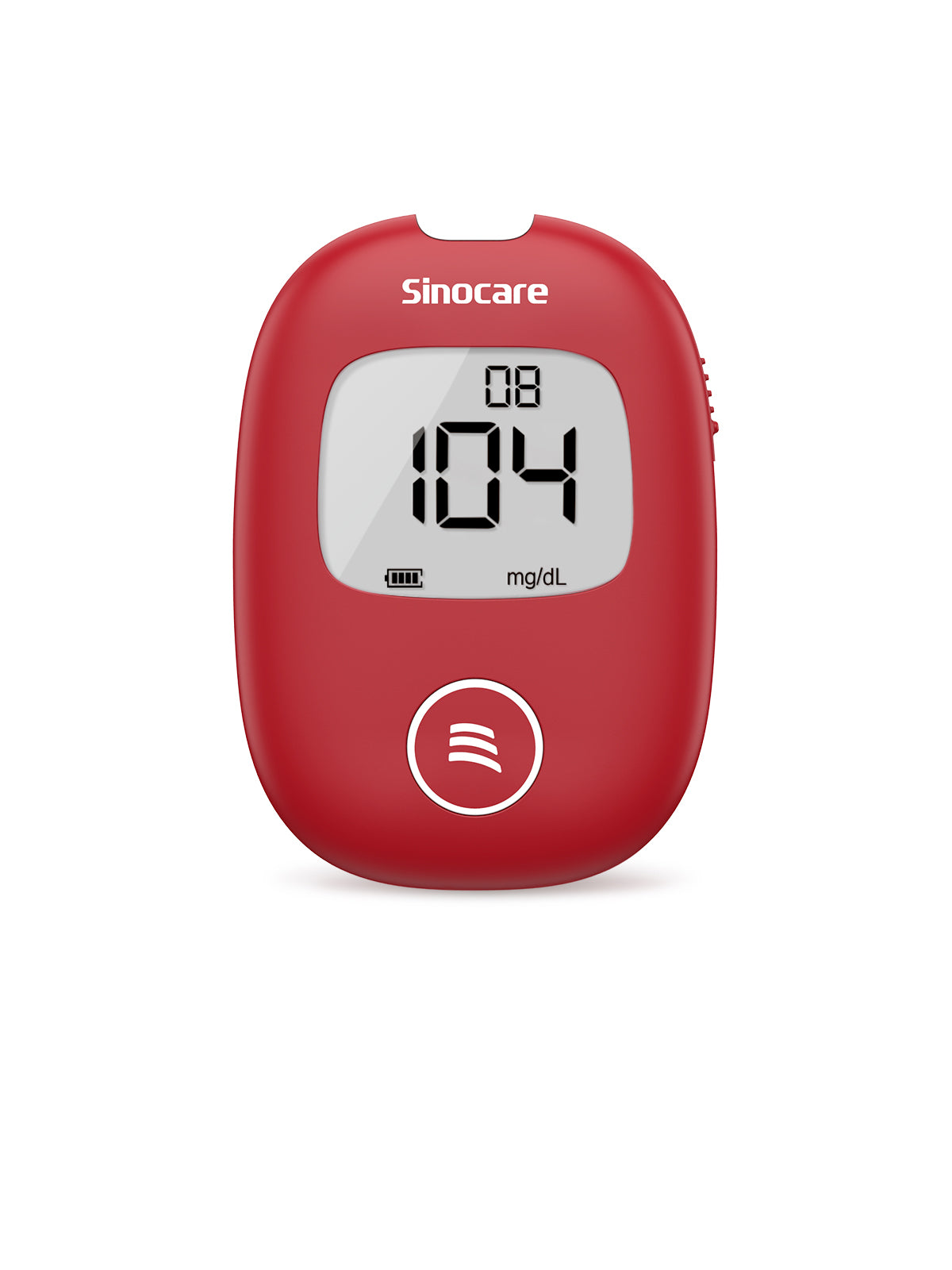The 2022 Beijing Winter Olympics ended perfectly a few days ago. This time, the Beijing Winter Olympics will bring you a perfect experience. And did you know that among the athletes at the Winter Olympics, there are also warriors with diabetes?
Cross Country Skiing World No. 1 Chris Freeman

Five-time World Cup champion and world No. 1 in cross-country skiing, Chris Freeman is a type 1 diabetic with a long history of illness. He managed his condition with a good diet, monitoring, and medication and did his best cross-country skiing.
Ice hockey German women's team striker Claudia Grondtmann

Claudia is a type 2 diabetic. When she was diagnosed, she lost ten kilograms and her eyesight was also affected. However, through monitoring and medication, and medication while treating, he has participated in two consecutive Winter Olympics.
Winter Olympic Skeleton competitor Anna Fernstädt

Anna was diagnosed with type 1 diabetes shortly before the competition. Through effective treatment and control, she still insisted on participating and achieved a good seventh place.
As diabetics, they are not troubled by the disease. Active efforts to treat, reasonable monitoring of blood sugar, and achieved brilliant results in their areas of expertise.
Exercise is very important for people with diabetes.
Exercise can promote the oxidative decomposition of blood sugar into tissue cells, reduce blood sugar levels, and reduce the pressure of insulin secretion. Moreover, exercise can also improve the body's sensitivity to insulin, making blood sugar easier to control.
But if you want to play the real benefits of exercise, you must grasp the tricks of exercise: Remember: the "1, 3, 5" principle
Time for Excercise
Postprandial exercise is best done about 1 hour after eating, as food is digested and absorbed quickly during this period, and blood sugar is likely to rise. Therefore, with the energy consumption after a meal, the catabolism of sugar is enhanced, which can make the blood sugar increase after a meal rise and prevent blood sugar fluctuations.
Tips: For people with diabetes who use insulin, exercise should be selected between 1 and 2 hours after insulin injection, and try to avoid exercising during the peak period of insulin action to prevent hypoglycemia caused by rapid insulin absorption.
How Long For Exercise
Long-term low-intensity exercise can allow fat to participate in the energy supply. Therefore, it is best for diabetic patients to insist on continuous uninterrupted low-intensity exercise for at least 30 minutes every day. Only for more than 30 minutes, the proportion of fat consumption will gradually increase.
Tips: Jogging or cycling suitable for sugar lovers should persist for at least 30 minutes. This can not only achieve the effect of fitness and fat loss but also promote blood circulation, exercise leg muscles, and joints
Exercise Frequency
The frequency of exercise should be 3 to 5 times a week, and the intensity of exercise should be followed gradually. To avoid acute injury, exercise frequency, time, and intensity should be gradually increased after a period of several weeks to a month. The appropriate exercise intensity is medium to low intensity, that is, when you exercise, you breathe a little, but you can still talk to your peers normally, such as walking, jogging, cycling, etc.
In addition to the above mentioned, you should also pay attention to these 5 points in winter sports
Stretching: Due to the cold climate, the extensibility of human muscles is reduced, and the joints are relatively stiff. Therefore, it is more important to warm up before exercise, which should be extended to 15 to 20 minutes.
Keep warm: Take precautions to keep warm when exercising outdoors, especially your head, ears, hands, and feet.
Hydration: Pay attention to hydration when exercising. It is best to drink 150~200 ml of warm water before exercising.
Diet: Carry some sugar cubes, biscuits, etc. with you when exercising. When hypoglycemia such as dizziness and chest pain occurs, you should add sugar in time.
Monitoring: People with diabetes should cooperate with blood sugar monitoring when exercising, always understand the impact of exercise on blood sugar, and prevent hypoglycemia or blood sugar fluctuations.
If you want to monitor your blood sugar levels before and after exercise conveniently, quickly, and accurately, Sinocare Safe AQ Smart can help you. Get your blood sugar test results in just five seconds anytime, anywhere with a painless lancing device, it is the best choice for people with diabetes.











Leave a comment
All comments are moderated before being published.
This site is protected by hCaptcha and the hCaptcha Privacy Policy and Terms of Service apply.